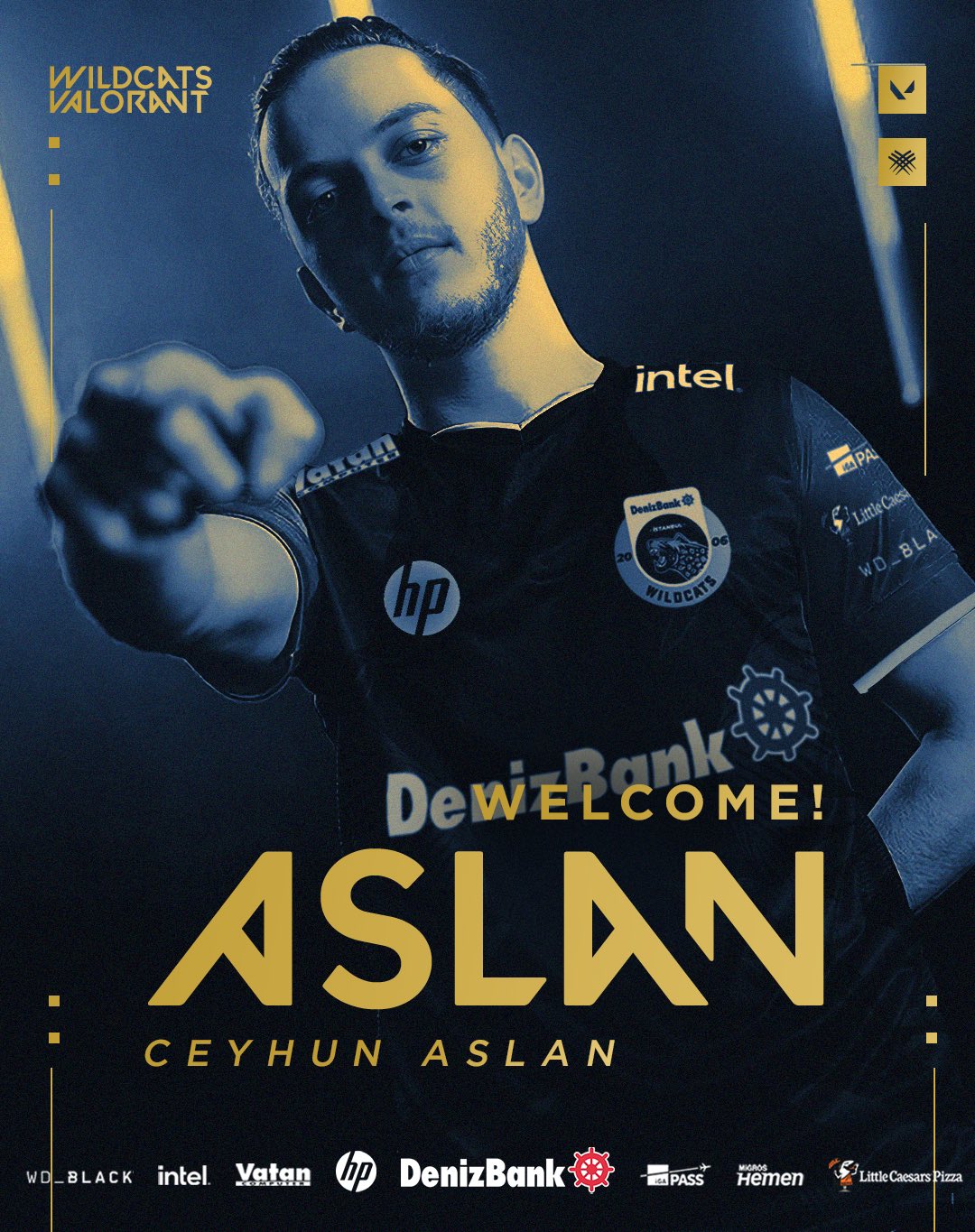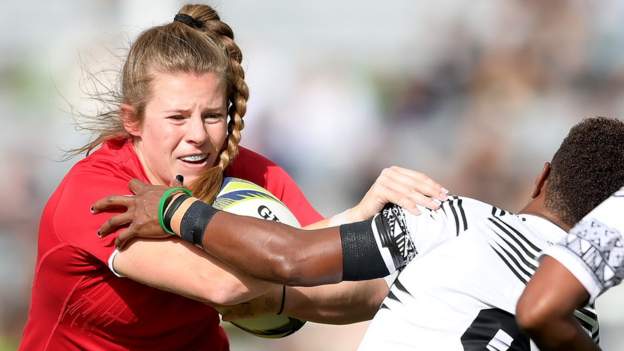Nearly a week after Buffalo Bills defensive back Damar Hamlin went into cardiac arrest during a Jan. 2 game against the Cincinnati Bengals, Commissioner Roger Goodell for the first time addressed one of the lingering questions about how the N.F.L. handled the crisis: why players were told to prepare to restart the game after an ambulance carrying Hamlin left the field.
In a radio interview Sunday, Goodell acknowledged that it was “standard practice” to resume play after an injury, but he didn’t say who, if anyone, ordered the players back onto the field. Joe Buck, ESPN’s lead announcer that night, said four times that the players had been given five minutes to warm up, and the network showed Bengals quarterback Joe Burrow throwing a ball and Bills receiver Stefon Diggs addressing his teammates. According to several executives of networks that show N.F.L. games, the league has the ability to correct announcers during broadcasts. It does not appear that they sent word to Buck to tell him that he was providing incorrect information.
The warm-ups came to an abrupt end after Bengals Coach Zac Taylor crossed the field to speak with Bills Coach Sean McDermott, and the two men consulted with the head referee, Shawn Smith. Both teams left for the locker room soon after.
The league did not officially suspend the game until around 10 p.m. Eastern, just over an hour after Hamlin’s collapse, and about 40 minutes after the players returned to their locker rooms. Goodell said that after the league received “feedback that it may not be appropriate” to restart the game, Troy Vincent, the league’s executive vice president for football operations, “made the decision to suspend play, which was the right decision, and allow everyone to go back and let’s gather ourselves and get more information which was clear we needed to do.”
Still, in the absence of other communication from the league, viewers were led to believe that the N.F.L. had ordered the game to be restarted even though many players were visibly shaken and some were in tears.
D.J. Reader, a Bengals defensive tackle, confirmed that he and his teammates had received instructions to warm up, but he added that the players were in no position to restart the game. He said doing so would have been “damn near impossible.”
“It was communicated to the coaches or whatever and it was just like, ‘We might have a little warm-up period; we’ll figure it out some more,’” Reader, one of the team’s union representatives, said last week. “Everybody’s backtracking on what was said now, this, that or the third. Who knows. I know that we were about to warm up and get back out there.”
Goodell, in his radio interview Sunday, said the league relied on input from players and coaches in its decision-making that night. According to the N.F.L. rule book, Goodell had the authority to postpone the game.
“Many times we were prepared to make that decision, the players wanted to continue discussing it with their teams. And we had to give them that opportunity,” Goodell said.
What we consider before using anonymous sources. Do the sources know the information? What’s their motivation for telling us? Have they proved reliable in the past? Can we corroborate the information? Even with these questions satisfied, The Times uses anonymous sources as a last resort. The reporter and at least one editor know the identity of the source.
But in a news conference last week, leaders of the N.F.L. Players Association were critical of how the league had handled the situation. They said that as soon as the severity of Hamlin’s medical emergency was known, they made it clear to league officials that they did not believe the game should resume that night.
DeMaurice Smith, the union’s executive director, said that the players and the coaches in Cincinnati should not have been put in a position to decide whether the game should continue that night, an apparent swipe at Goodell’s leadership. The players could not simply have refused to return to the field because that could have been considered an illegal strike in violation of their labor agreement with the N.F.L.
“I don’t think it should be a players’ call, I don’t think it should be a coaches’ call,” Smith said in a news conference last week. “I think given the severity of the injury and what the players witnessed, that it needed to be a call that the N.F.L. needed to make.”
About three hours after Hamlin’s collapse, on a conference call with reporters, Vincent muddied the waters when he denied that the league had wanted to restart the game. He said that the only instructions the league gave were for Smith, the referee, to communicate with both coaches and make sure they had enough time inside the locker room to consider their options.
Vincent’s comments created a firestorm because they implied that ESPN’s reporting was incorrect. This led to a rare rebuke of the N.F.L. from one of the league’s broadcast partners.
On Tuesday, the network said that there had been constant communication with the league and that “we reported what we were told in the moment.”
“This was an unprecedented, rapidly evolving circumstance,” the network said in a statement. “All night long, we refrained from speculation.”
Buck said that the five-minute warm-up information had come from John Parry, ESPN’s N.F.L. officiating analyst, “who is in an open line of communication with the league office in New York.”
“It is our obligation to give the information we are provided by the N.F.L. in real time as we get it,” Buck said. “That’s our job at that time. That’s all we can go with.”
Parry and other officiating analysts working for the broadcasters are in constant communication with league executives in New York who look at questionable plays and penalties that are challenged or routinely reviewed. During the game, the officials in New York were in contact with Smith, the head referee in the stadium.
A person on the open line was heard giving a five-minute warning, according to a broadcast executive who was not authorized to speak publicly but who spoke directly to another person who had been on the line.
Officials in New York could have corrected the record by sending word through Parry, who declined an interview request.
Emmanuel Morgan and John Koblin contributed reporting.



